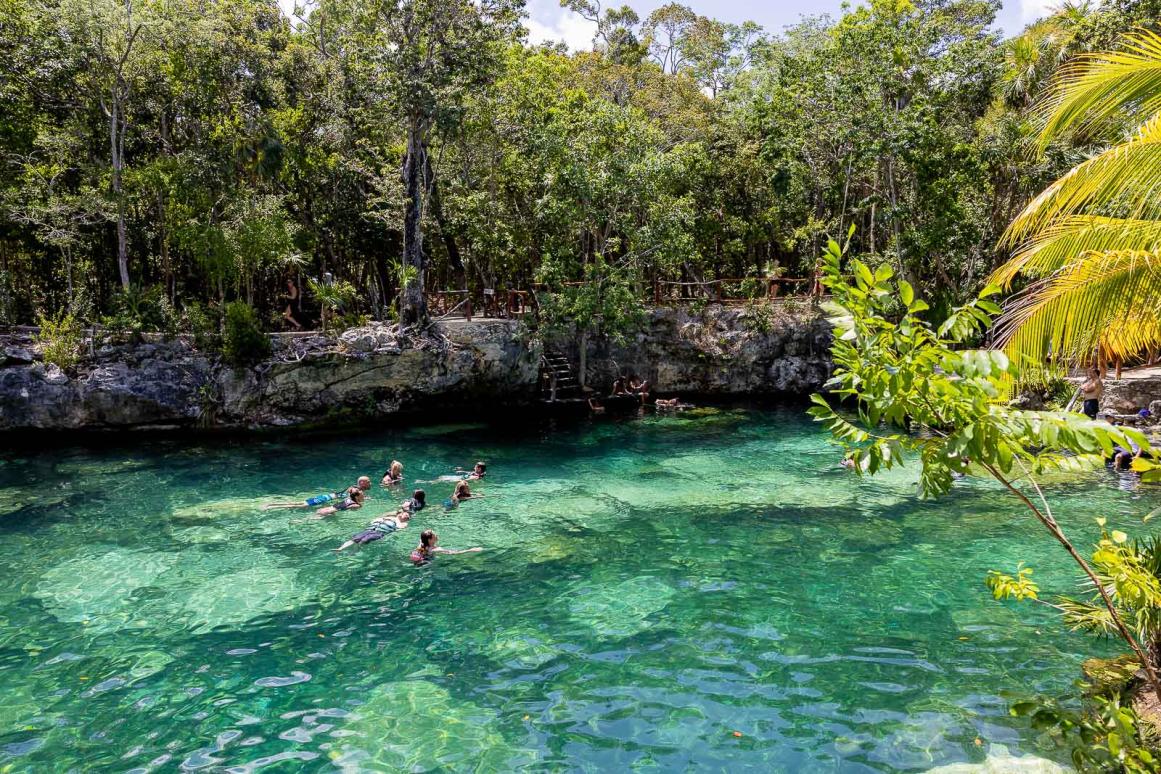Research and Citizen Science Aim to Preserve Cenotes and Water Quality in Mexico’s Yucatan Peninsula

As part of the Harte Research Institute for Gulf of Mexico Studies (HRI) at Texas A&M University-Corpus Christi’s (TAMU-CC) tri-national initiative, Furgason Fellowship International Chair for Coastal and Marine Studies in Mexico, Dr. Fernando Nuno Dias Marques Simões is working with researchers in Mexico, along with citizen scientists, to examine the water quality, geological significance, ecological importance, and cultural heritage surrounding cenotes in the Yucatan Peninsula.
Cenotes are unique sinkholes formed by the collapse of limestone bedrock. While cenotes often offer a fascinating glimpse into a freshwater underwater ecosystem, along with clear, blue water, making them extremely popular among tourists, cenotes also serve as the peninsula’s aquifer and provide common, shared water to many throughout the western Gulf.
“Our project is focusing on the touristic use of the cenotes,” Simões said. “Because people are playing and bathing in the cenotes, they’re doing so in what will be the water that others will be drinking down the road in the city.”
Simões says that eventually, if not kept in check, contaminants like sunblock and pesticides will eventually get into cities’ drinking water from the surrounding cenotes.
Because there is a substantial number of cenotes throughout the Yucatan Peninsula, it would take years for any single researcher to visit them all to examine their ecological health and determine their visitation numbers, among other statistics, thus the need for citizen scientists. Simões hopes that both tourists and landowners who have cenotes on their land can help to contribute data about cenotes to a one-of-a-kind database repository.
“We want to know how intense the use is at certain cenotes, how many tourists are stopping by every day, along with whether or not landowners issue permits in order for people to gain access to their cenotes, and if tourists are actually complying with best-use regulations,” Simões said.
This type of data will help researchers, as well as government entities and stakeholders, determine which cenotes are used most frequently and which may be the healthiest and ecologically sound, as well as those that are experiencing water quality degradation.
Simões hopes that once the repository is created and populated, tourists who are hoping to visit cenotes can use the database to filter various criteria about which cenotes best suits their interest be it diving, hiking, or historical and geological significance.
